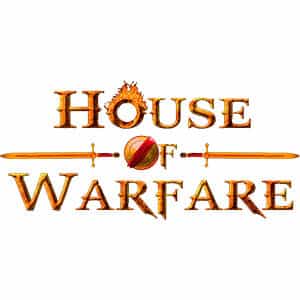The Witan hall was emptier than it had been only eight months earlier. Much ill had transpired since the icy assembly hall had been crowded full at Harold Godwinson’s confirmation as King of the English: a King for war. Now, Harold was dead – though he had marched the length of his country and slaughtered the Danes in the North at Stamford, Harold was slain on the field of Hastings, buried on some lost clifftop. Now, there was but one who could replace him.
A boy, guided by the elderly Archbishop Stigand, walked the length of the hall, timidly glancing at the eyes of all the grim faces above him. He knew few of them, these who were to be his subjects. He recognised the brother-earls Edwin and Morcar, little older than he was, their faces haunted by the horrors they had witnessed in their fight against the Danes. Clad in black and veiled, that must be Gytha, mother to the slain King Harold – she had lost four of her sons to war in a matter of months. But the rest, the boy did not recognise.
The boy helped the ancient Archbishop mount the steps at the throat of the hall, and they turned. The Witan was thinned to a fraction of what once it was: many were slain, many were absent in arms, harrying the invader that they called the Bastard and his scourging Norman knights.
‘Draw your sword, Edgar. Lord knows you will need it.’ said the Archbishop, softly.
The boy drew his blade and held it aloft. The Archbishop’s voice, cracked by the ravage of years, rang out in the hall.
‘Before you stands Edgar Ætheling, son of Edward the Exile, son of King Edmund Ironside – he returns to you from across the seas to lead you in your hour of need. Will you name him your King?’
And the assembled Anglo-Saxons gave a ragged death-roar that rattled the rafters, tattered by the resignation of a people fighting their last stand:
‘AYE!’
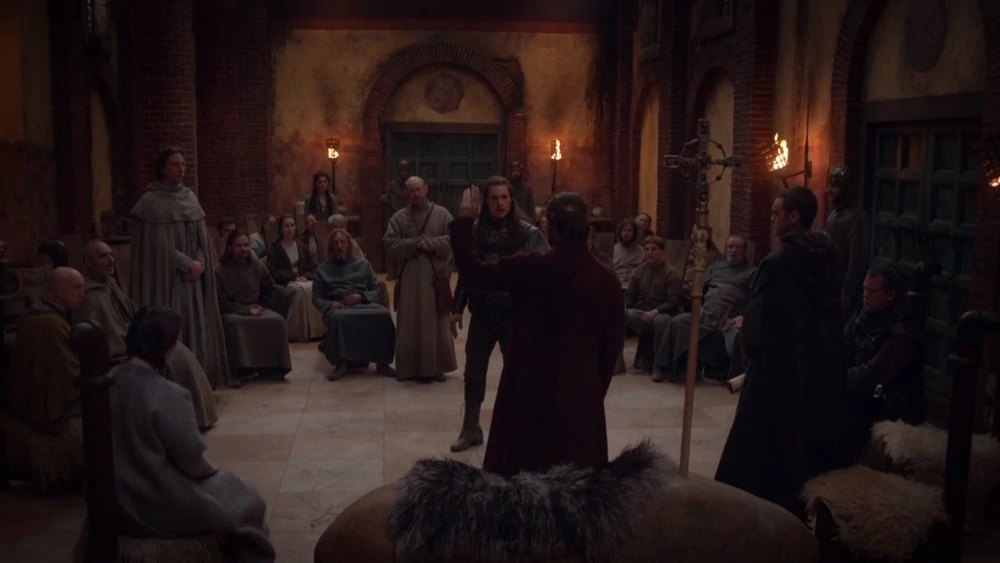
—————————————–
One of the great ironies of traditional English Medieval history is how it drops the Anglo-Saxons after 1066 like a hot potato. The Norman invasion of 1066 appears as a great cataclysm: William the Conqueror wins the Battle of Hastings, and then ‘English’ history marches onward, in a linear progression towards the Wars of the Roses, Henry VIII and the Industrial Revolution. But, obviously, history is never that clean. William’s invasion of England was not just an invasion of one ruling elite against another – it was a clash of cultures: Norman European feudalism against Anglo-Saxon insular traditions. Even though he engaged in a deliberate political strategy of wiping out any allegiance to the ways of the dispossessed Anglo-Saxons after 1066, William did not (and could not) simply snuff out the history, culture, institutions and social power of the cultural and linguistic grouping that had been dominant in English society for six centuries. It is slightly baffling why our collective historical knowledge has made this mental shortcut – surely the Anglo-Saxons deserve better than simply vanishing when William takes the throne?
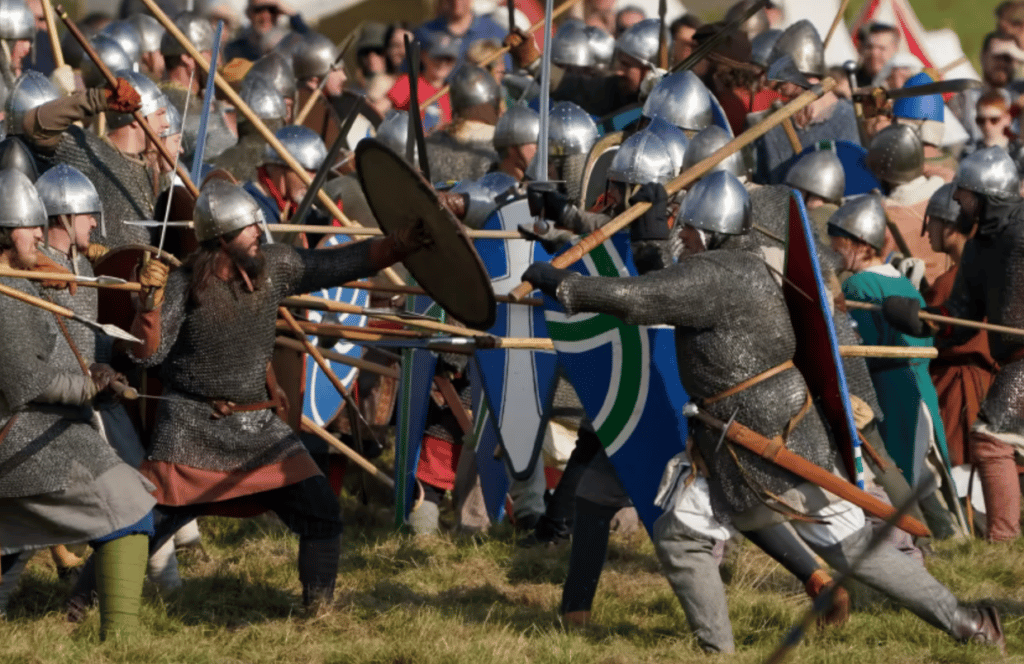
Contrary to our received wisdom of English history, the battle of Hastings was far from a climactic battle that settled everything. Though two of the major claimants to Edward the Confessor’s throne were now dead (Harald Hardrada at Stamford Bridge, and Harold Godwinson at Hastings), there were still wealthy and powerful Anglo-Saxon lords in the field. They would become a bleeding ulcer for their new Norman overlords for the following decade. Although it’s easy to look at William’s ‘inevitable’ victory in retrospect, in the winter of 1066, everything was still to play for.
As we can see in the scene above, the Anglo-Saxons were bloodied by the shattering defeat at Hastings – but they were far from wiped out. Even as William made his way inland from the coast, they elected a new King, Edgar Ætheling. Though Ætheling would be unable to defend his throne, William the Conqueror would spend the first decade of his reign containing rebellions and invasions from Edgar and other dispossessed Anglo-Saxons. They did not leave the stage of history quietly, and their legend lives on in folk tales and half-remembered songs still sung in England.
The Brother-Earls
After the defeat of Harold Godwinson’s Anglo-Saxon army at Hastings, the two brother earls, Edwin of Mercia and Morcar of Northumbria, gathered their fyrdsmen. The brothers had taken little part in the tumultuous events of 1066 so far – they had attempted to stop Harald Hardrada’s enormous Viking army at Fulford Gate, but they were comprehensively smashed, submitting to the Norwegian King at York soon after.
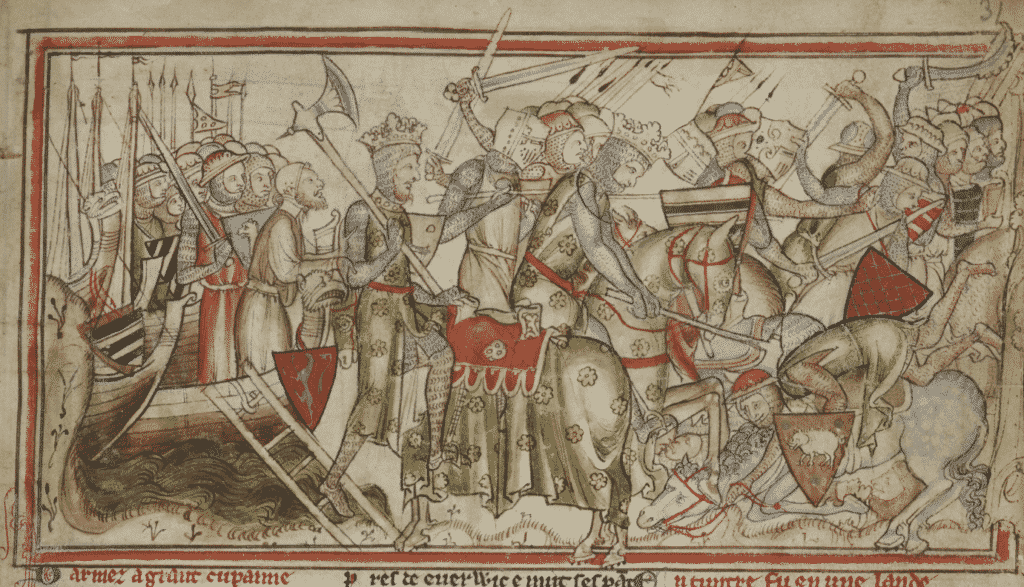
With York liberated and Hardrada slain by Harold Godwinson, they were freed – but they were slow to raise fresh forces, and failed to join Harold at Hastings. Harold was an old rival – even though he was married to their sister, perhaps they were biding their time, and seeing which way the dice fell? But news soon came north of Harold’s defeat at Hastings, and they were faced with the crown falling into the hands of the invader. Morcar and Edwin marched south, joining other lords in London. There, they called a Witan council and elected a new King – the only convincing candidate remaining: a fourteen-year old boy named Edgar Ætheling.
The Winter Prince
Ætheling was the grandson of King Edmund Ironside, who had been overthrown in 1016 by the Dane Cnut. Thus, Edgar was the last direct male descendent of the House of Wessex, the line of Kings that began with Alfred the Great. But Ætheling was a political non-entity: he had only come to England for the first time a few years earlier. His father had been exiled from England by Cnut as a babe-in-arms five decades earlier, and the young Ætheling had been born and raised in the Kingdom of Hungary. Returning to England with his father at the behest of the ailing Edward the Confessor, Ætheling was left orphaned by his father’s death soon after they arrived. Whilst the young Ætheling had the best claim of all on paper, (he was the King’s only surviving male relative) Edward the Confessor failed to secure his succession. After the King’s death precipitated the long-awaited crisis in January 1066, Ætheling was without supporters, and was quickly eclipsed by the powerful and effective Harold Godwinson. But Godwinson’s death on the field of Hastings left Ætheling as the only real alternative to complete submission to the Norman invaders. Thus, Edwin, Morcar, Archbishops Stigand and Ealdred, and a handful of other Anglo-Saxon lords proclaimed Edgar Ætheling as King – and prepared to meet the Normans.
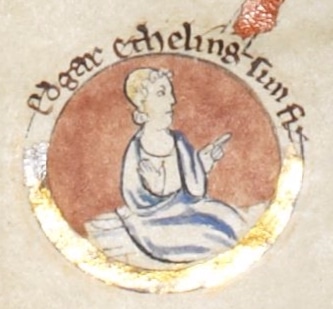
However, Ætheling remains one of the greatest might-have-beens in English history. Almost immediately, it became clear that the commitment of his lords to his cause was less than wholehearted. Edwin and Morcar’s military preparations were sluggish – and it should be remembered that they were really little more than boys (they were around 15 or 16 years of age at the oldest, little older than Ætheling). William of Normandy marched from his hastily-erected coastal fortresses inland toward London, burning a swathe of destruction to provoke the Anglo-Saxons into another open battle, but he faced only token opposition. At Wallingford, where the Normans forded the Thames, William was met by Archbishop Stigand – not to present a message of defiance, but to defect to the Norman camp.
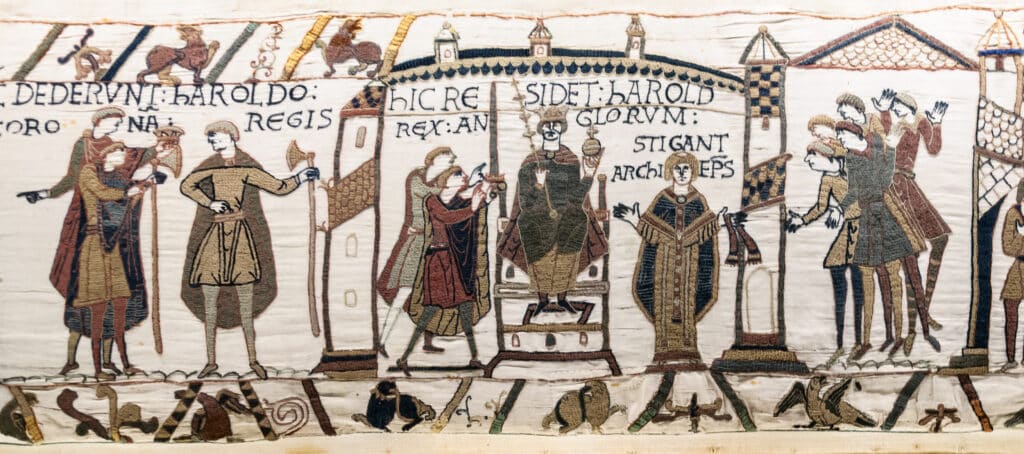
Quickly, Ætheling’s supporters began to scramble over one another to make their own private peaces with the Norman invaders, and eventually the remaining members of the Witan agreed to that submission was the only real choice. At Berkhamstead, William the Bastard and Ætheling met – and Ætheling formally submitted to the invading Norman duke. Now a prisoner of the victorious Normans, Ætheling would become a critical part of the theater around William’s coronation: Ætheling and his supporters would legitimize William by paying homage to him, a clear message to any lords weighing rebellion.
A Bloody Coronation
The way that King William the Conqueror was crowned tells us a lot about the precarious balance of power in his Kingdom. Rather than merely imposing a Norman-style event, conducted in Norman French, William went to significant lengths to acquire the trappings of Anglo-Saxon legitimacy. A sort of hybrid between the two traditions was made: Archbishop Ealdred of York conducted the ceremony in Old English, followed by Bishop Geoffrey of Coutances in Norman French, with the rite of Dunstan (the traditional crowning of an English monarch used since 973) followed by the French style of anointing with oil.
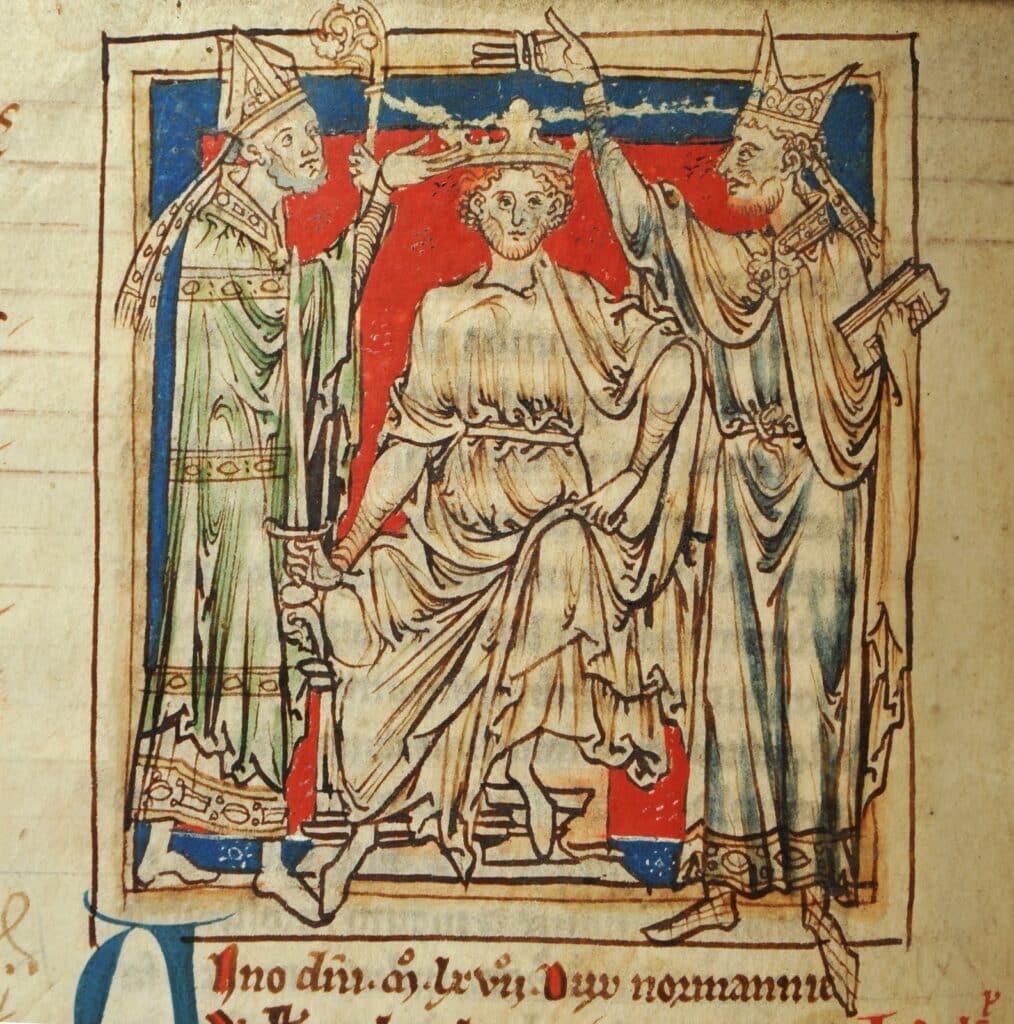
Surviving sources say that when Ealdred asked the assembled Anglo-Saxon and Norman nobility, in Old English, whether they accepted William as King, there was a grim murmur of acceptance – but when Geoffrey asked the same in Norman French, there was a thunderous cheer. When the Norman knights outside heard this clamor, they took it as the signal to sack the city of London, burning down many homes and killing many – setting up a poisonous unease between the Conqueror and the conquered.
The Country Seethes
Without a doubt, many of the Anglo-Saxon lords present at the coronation already had their fingers crossed behind their backs, and the unprovoked sack of the city by William’s wayward knights only made up their minds: Norman rule must be resisted. Edgar Ætheling was taken back to Normandy with William’s court in 1067, but soon after he reappeared in the North of England, and began setting seriously about the business of resisting Norman occupation. At the same time, William faced rebellions in the south: Eadric the Wild and Hereward the Wake (who live on as folk heroes) and Harold Godwinson’s mother Gytha were all raised in defiance of his rule. William clearly did not feel secure in his rule – in response to these constant skirmishes, he undertook an enormously expensive castle-building scheme: Cambridge, Lincoln, Huntingdon and many other castles besides date from William’s reign. Think of them as the Medieval equivalent of nuclear deterrents!
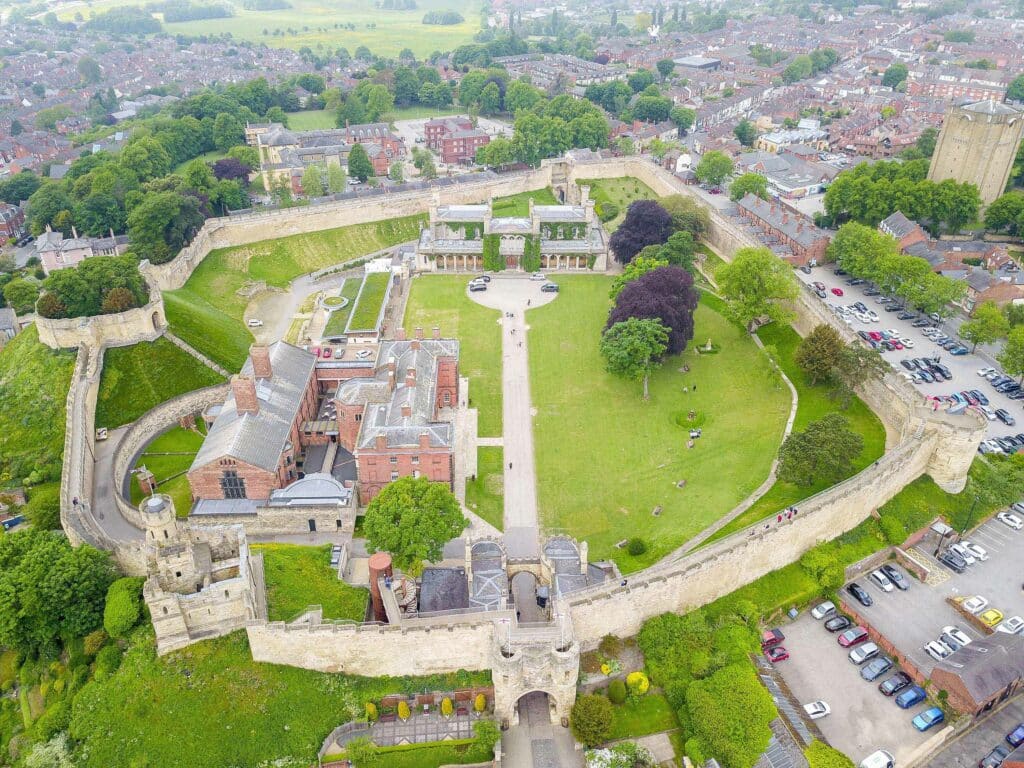
Edwin and Morcar had been reinstated by William as earls of Mercia and Northumbria, but they privately seethed. Biding their time, they swore allegiance through gritted teeth. Only two years later, they rose in revolt against William, sending messages across the Kingdom for their fellow Anglo-Saxon lords to rise and expel the usurper in favour of Edgar Ætheling. But England had changed significantly in the time since William’s coronation. Though the brother-earls had retained their titles, many other Anglo-Saxon nobles had been killed in the fighting, and whilst William was careful to publically include several leading Anglo-Saxon nobles in his inner council, many more had been stripped of their lands. William met this betrayal with brutality: he marched north into Mercia, pillaging the countryside. The uncoordinated uprising stalled before they could meet William in the field, and they again submitted – and though they were showed leniency, Edwin would die soon after, and Morcar would spend his days as an outlaw, in and out of Norman captivity.
The Harrying of the North
Though Edwin and Morcar had failed, they had lit the smouldering powder-keg of the North. The new Earl of Northumbria, an Anglo-Saxon named Gospatrick, quickly joined Edgar Ætheling’s resistance. Ætheling had been busy: he had received support from both Malcolm III of Scotland, whose daughter he married, and Sweyn II of Denmark – and a much greater rebellion broke out against William in 1069: Ætheling and his Scottish allies took the City of York, and began to threaten a march south. William now clearly saw the North as an implacable enemy that could only be pacified by annihilation. His campaign against Ætheling in the summer of 1069 is given the name ‘the Harrying of the North’, and is legendary in its brutality.
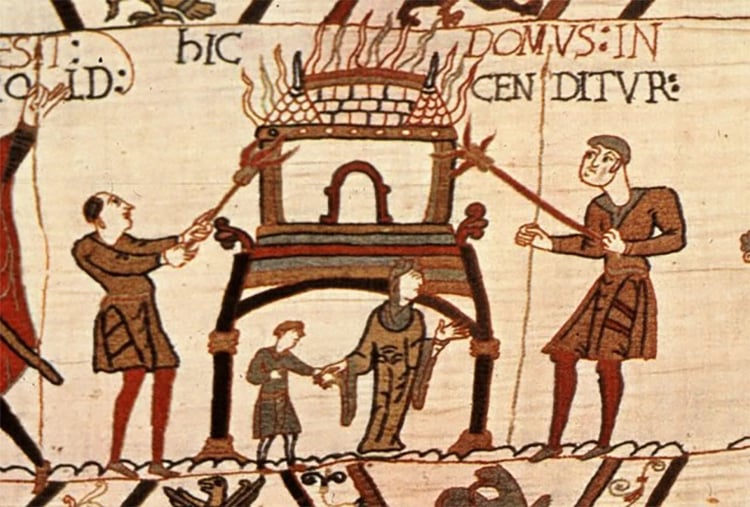
Where most military campaigns in the Early- and High-Medieval period were comparatively limited in size and scope, sometimes more closely resembling ritual combat than war, William’s campaign can only be likened to a genocide. Whole villages disappear in the records – after the slash-and-burn of William’s Norman army, communities would have been left too shorthanded to get in the autumn harvest, and starvation quickly followed in its wake. Comparisons in the Domesday Book estimate that around 75% of the North’s population disappeared in this period. Juggling between the competing interests of his Scots, Danish and Anglo-Saxon allies, and rocked by the sheer violence of the Norman knights, Ætheling’s forces were split up and crushed one by one. Edgar and his allies made a last stand in the marshy East of England, but for naught.
For William, the time for even limited plurality and toleration was over. He could no longer contemplate any further disloyalty from the Northern marches: after the flames had died down, he replaced all remaining Anglo-Saxon lords in the North with his own Norman allies. William welcomed new Papal legates from Rome to reform the English Church – and to strip it of its Anglo-Saxon character. Even Archbishop Stigand, whose defection had toppled the first domino of Ætheling’s defeat, was replaced with a Norman Archbishop of Canterbury. He would die, deposed, imprisoned and stripped of his estates and wealth, only two years later. Finally, in 1074, the militarily defeated Ætheling formally renounced all claims to the English throne.
A Lost Crown
Thus, by 1075, Anglo-Saxon resistance to Norman rule was brutally stamped out. Historians have estimated that by William the Conqueror’s death in 1087, only 8% of English land was under Anglo-Saxon lordship. William had deftly annihilated the Anglo-Saxons after 1066 in one short decade: having politically decapitated them at the Battle of Hastings, he had kept them divided through the careful use of both violence and leniency, and crushed rebellions one at a time: first Morcar and Edwin, and finally the lost prince Ætheling.
What happened, then, to these lost souls, stripped from their kingdom? Many Anglo-Saxons turned outward, away from their ancestral homes, becoming mercenaries in the East, and even founding a lost ‘New England’. But for the occupied common-folk, who had little to do with the high politics of the age, the Old English ways did not vanish – though Norman feudalism was imposed with an iron fist, the Anglo-Saxons survived in language and in culture, well into the Medieval and even Early Modern world. But those are tales for another time.

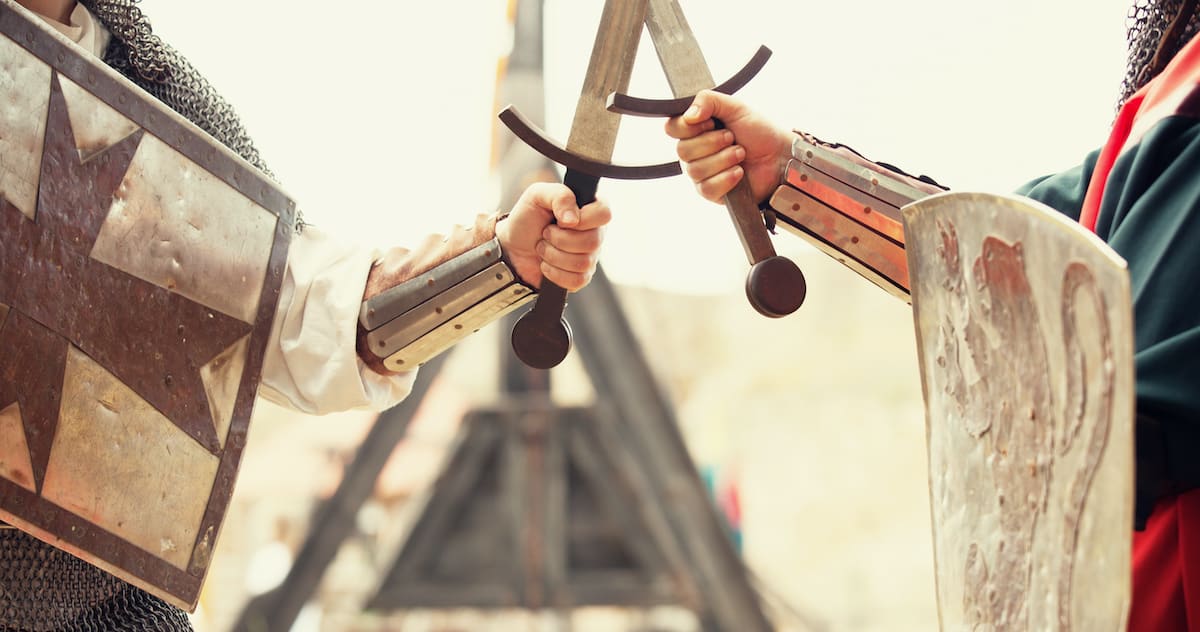 Historical Swords
Historical Swords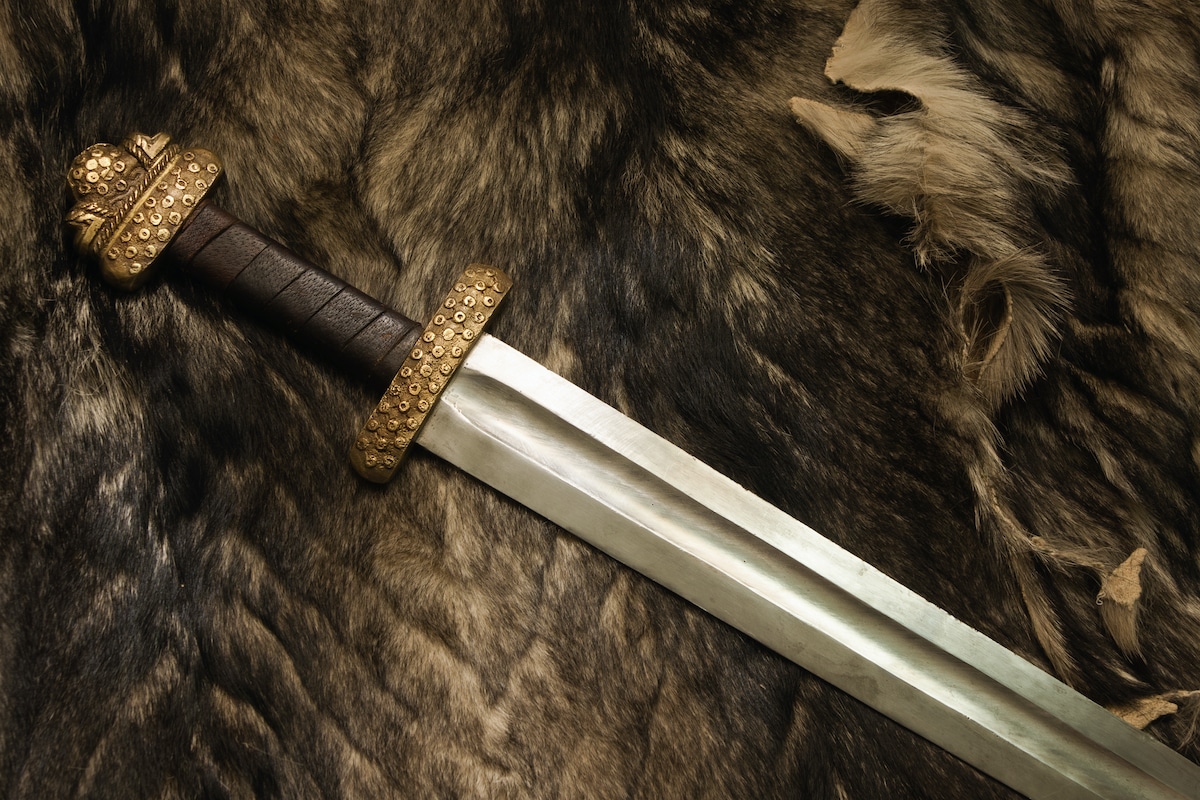 Norse & Viking Swords
Norse & Viking Swords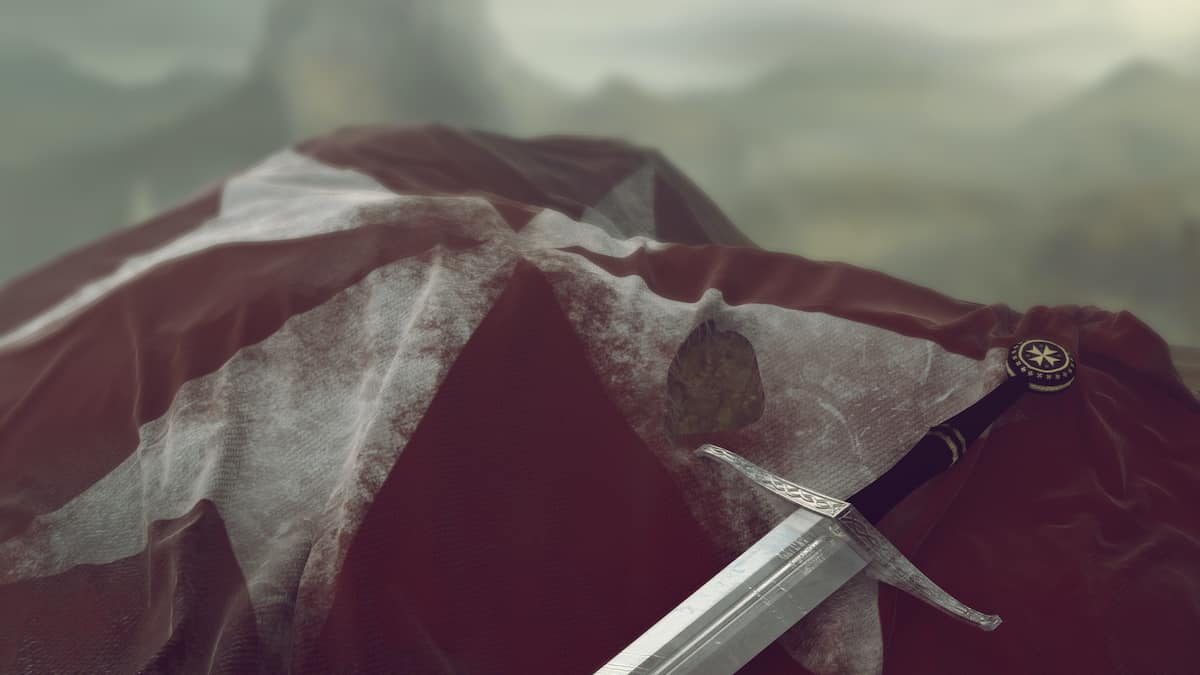 Templar Swords
Templar Swords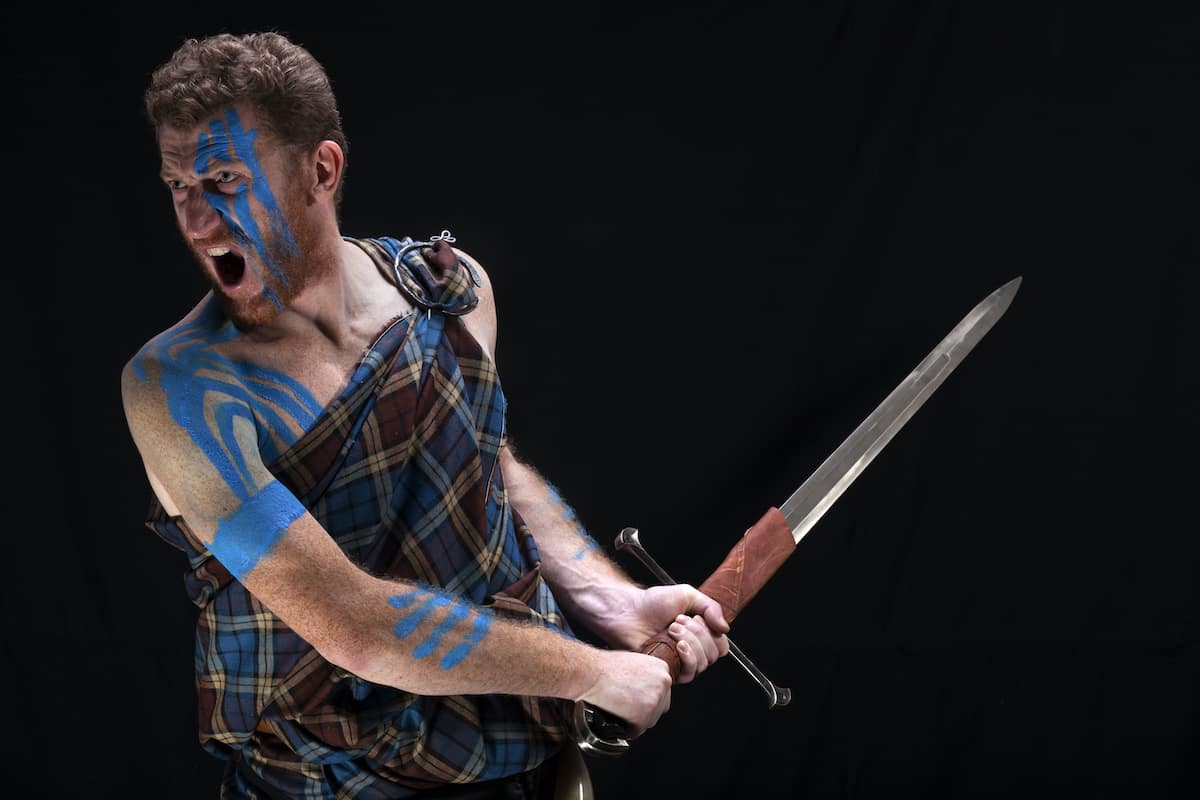 Claymore Swords
Claymore Swords Fantasy Swords
Fantasy Swords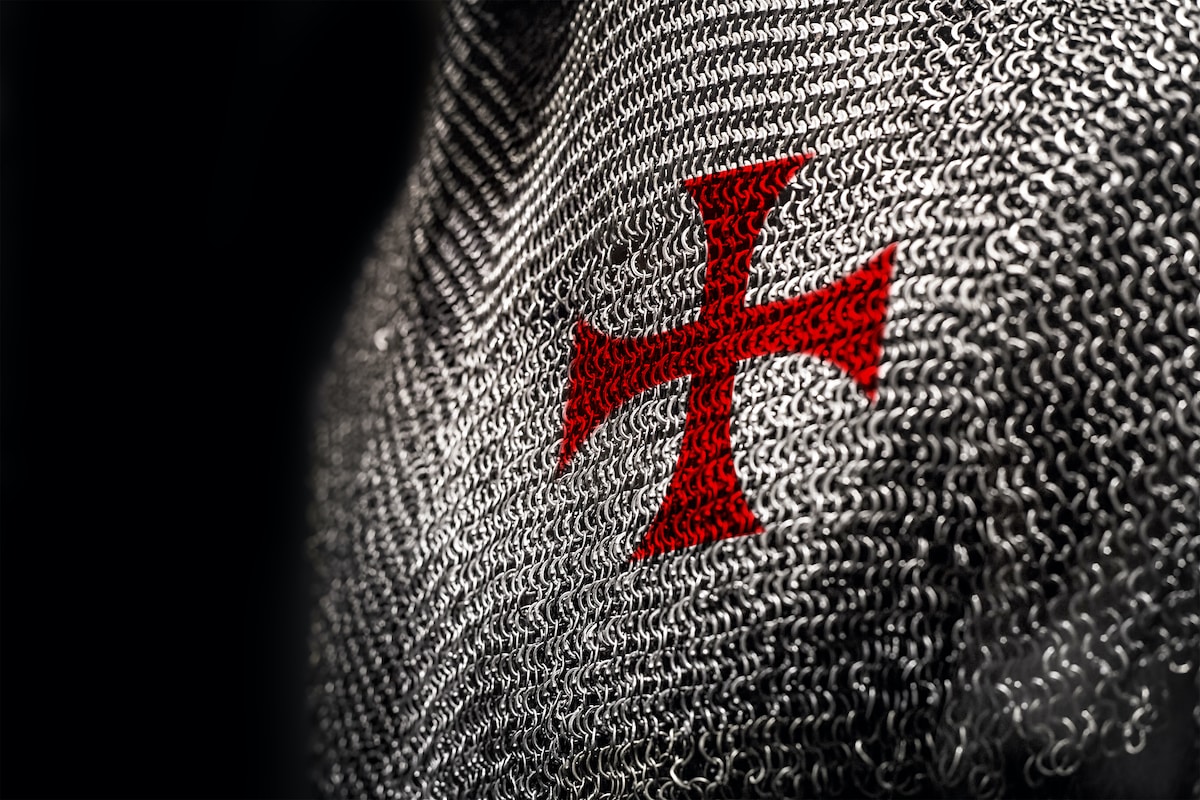 Chainmail
Chainmail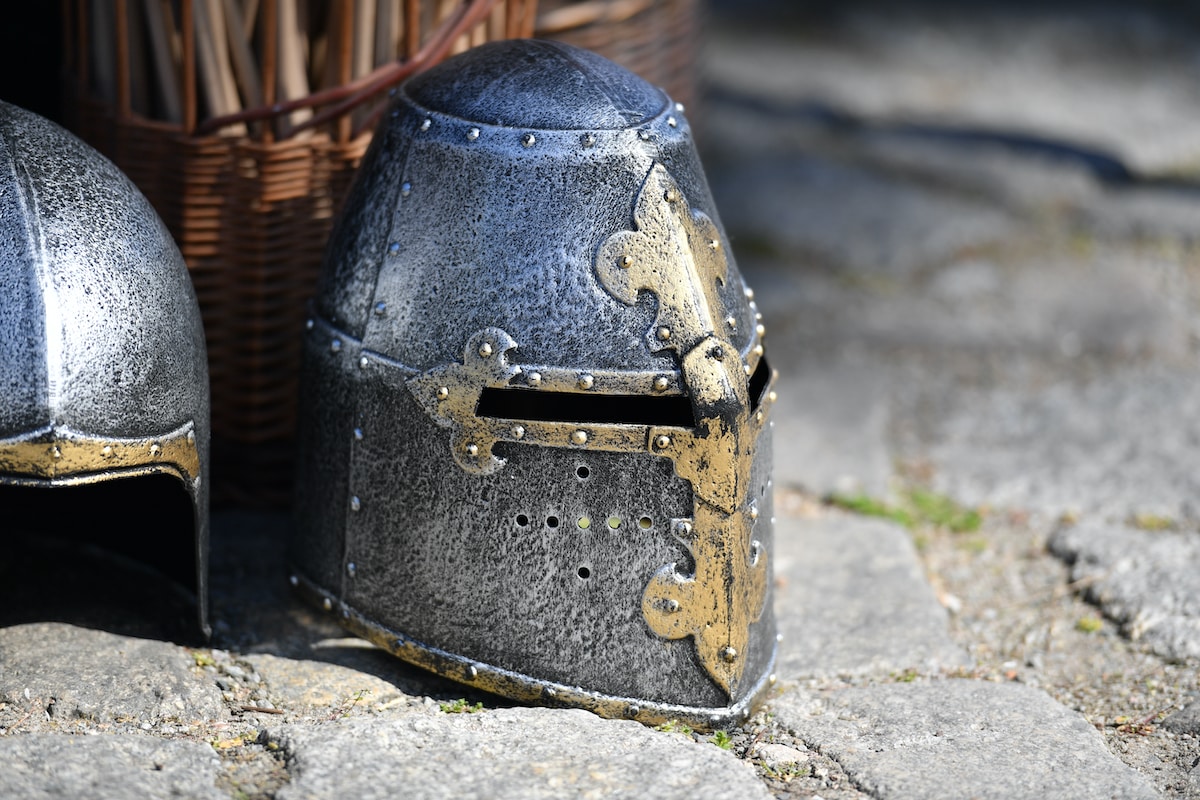 Helmets
Helmets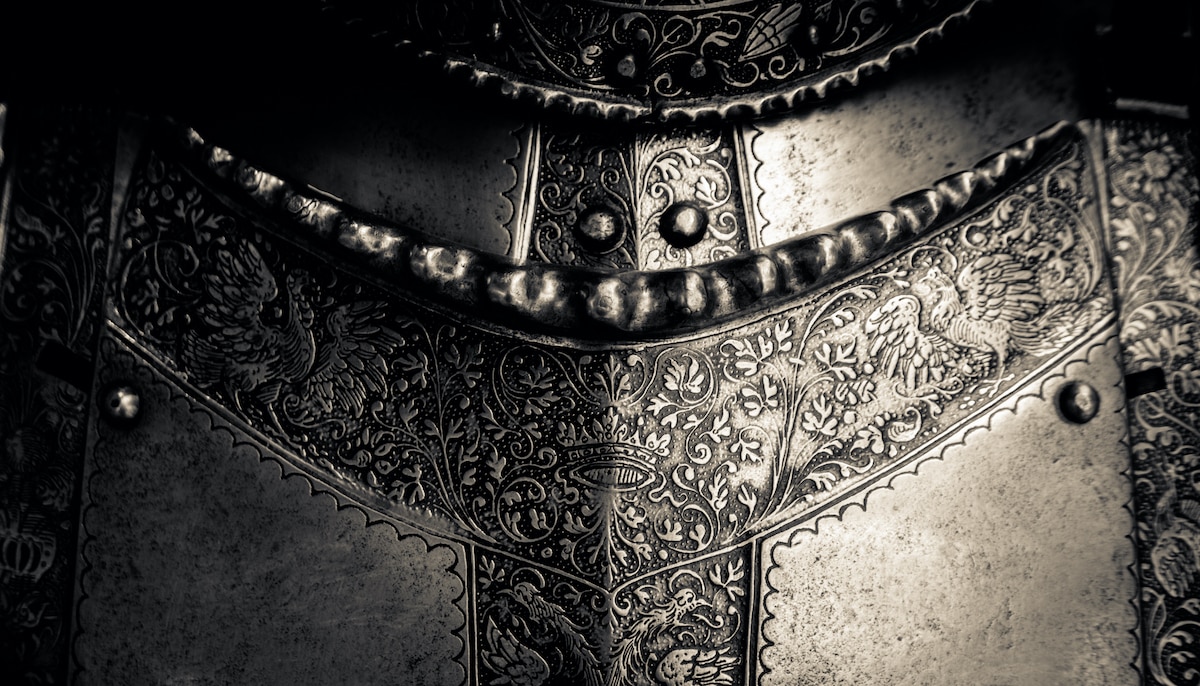 Torso Armor
Torso Armor Bracers and Arm Protection
Bracers and Arm Protection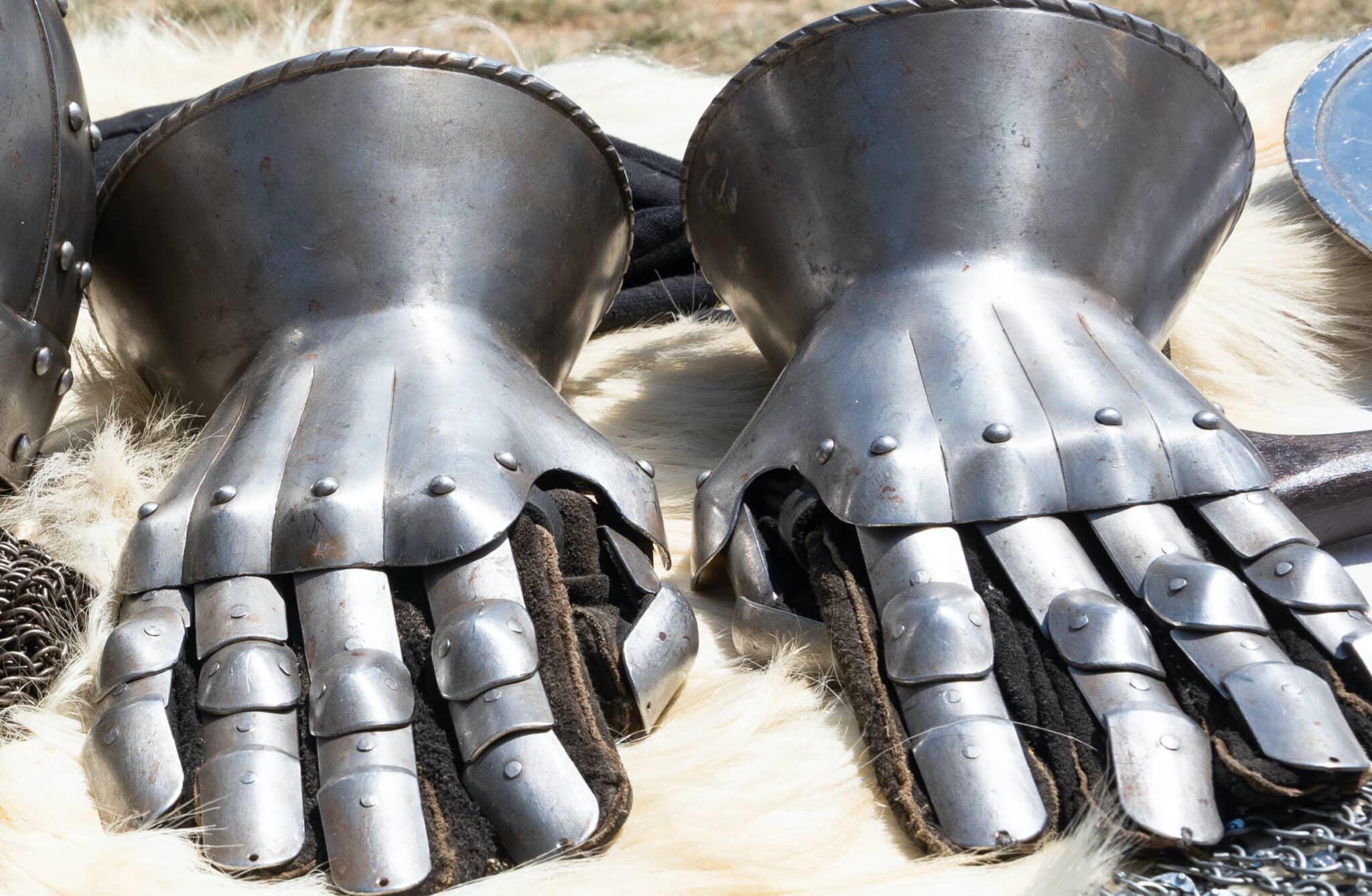 Gauntlets
Gauntlets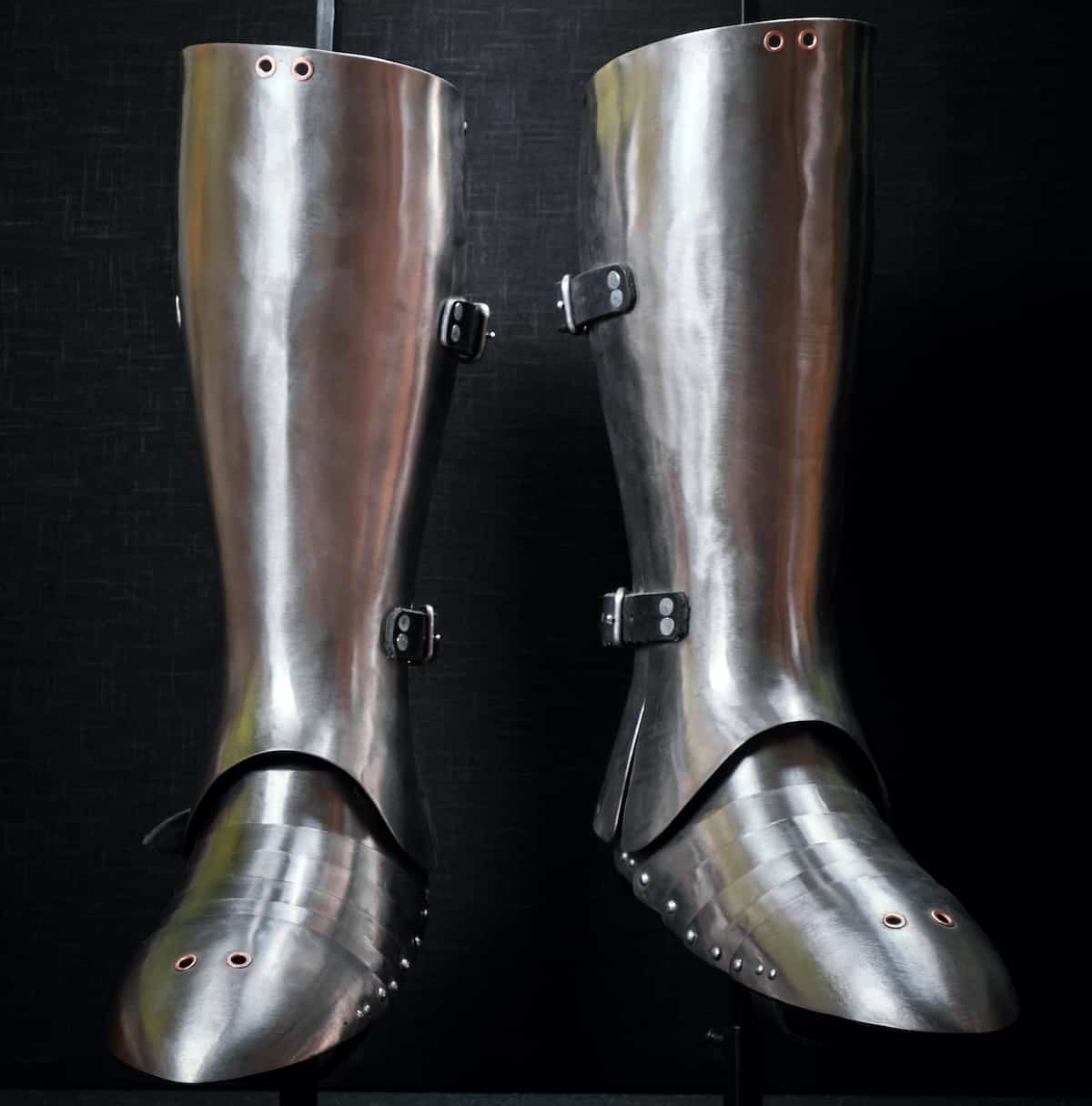 Leg Armor
Leg Armor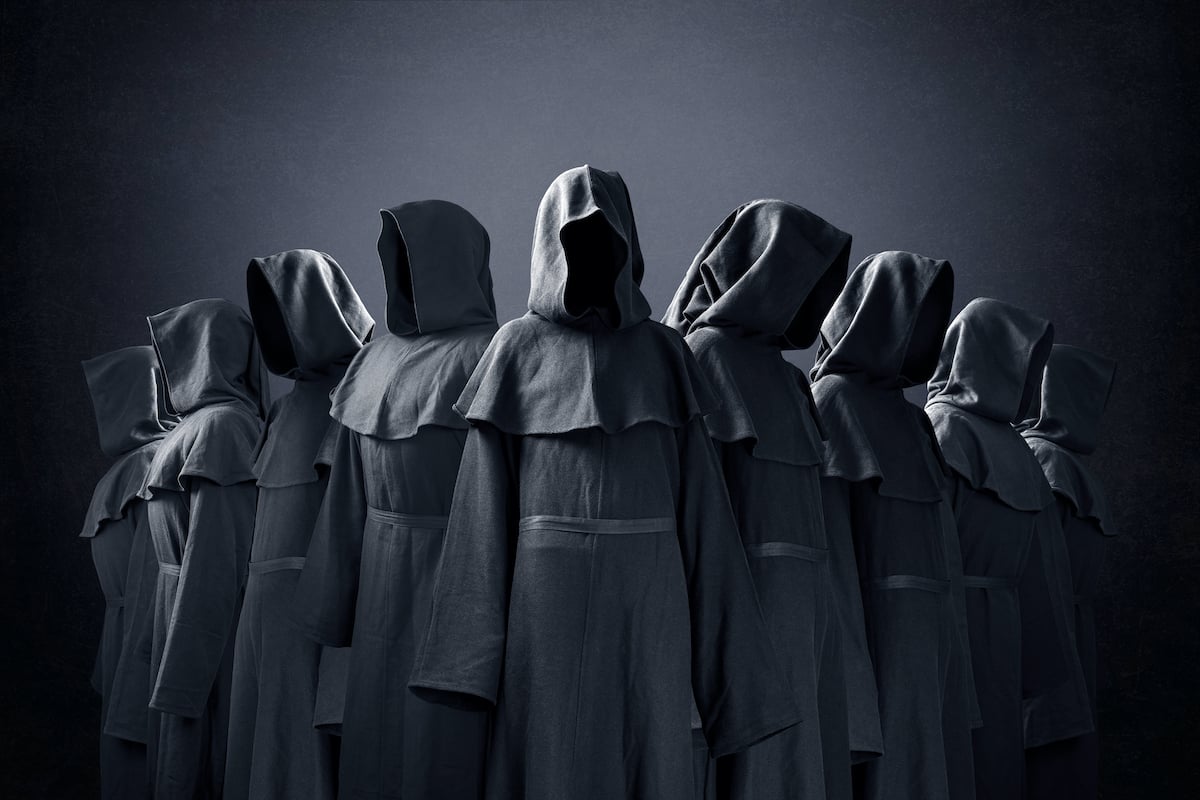 Cloaks
Cloaks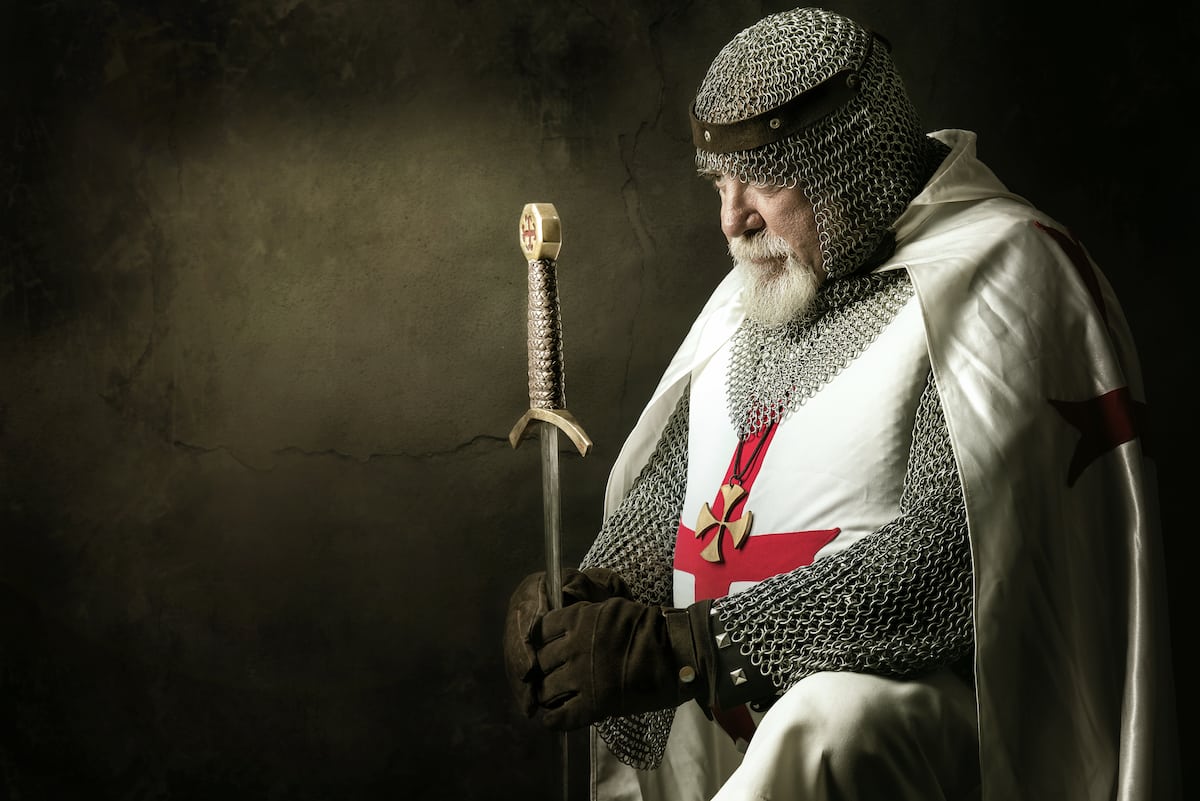 Tabards
Tabards Shirts
Shirts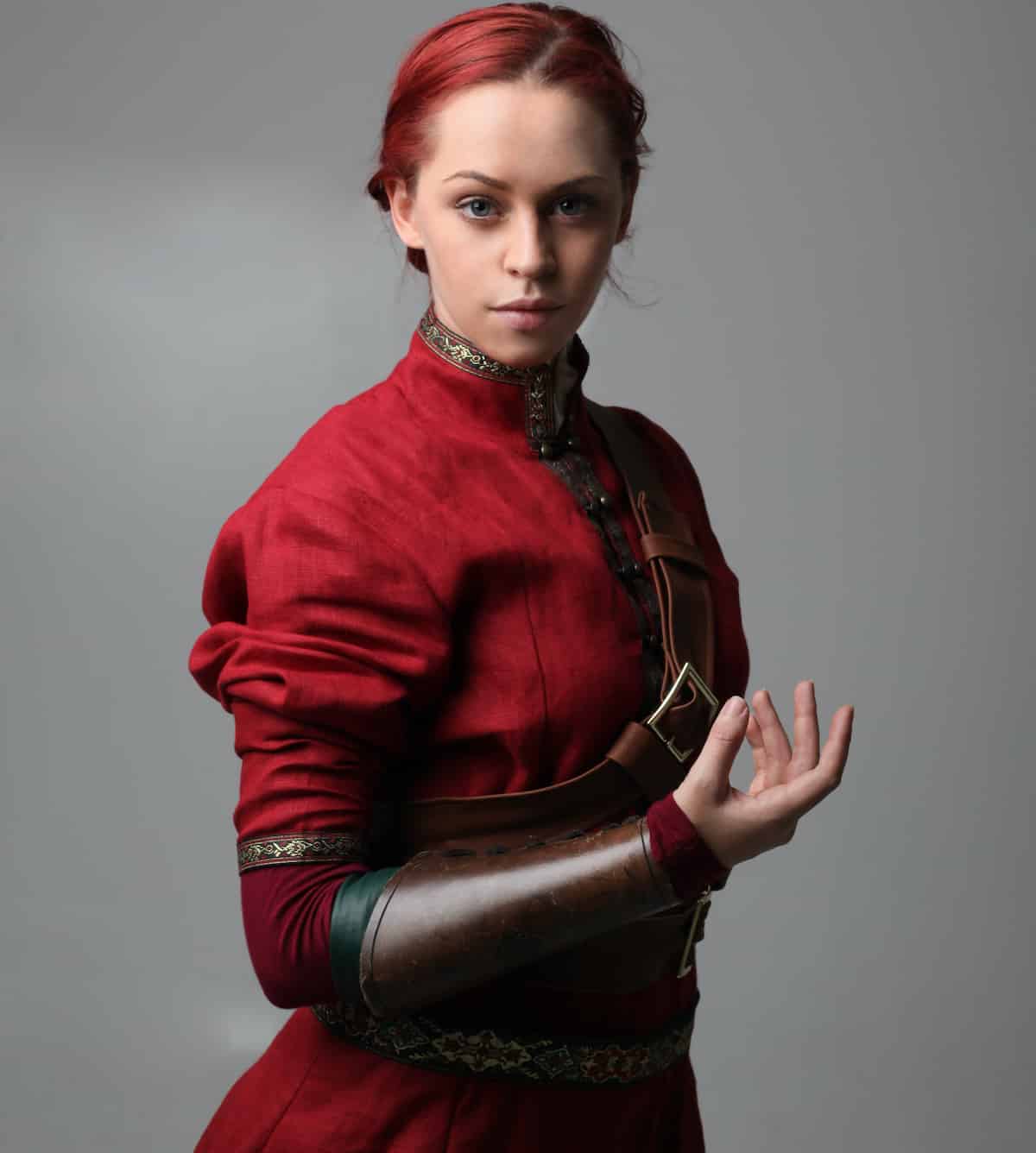 Tunics
Tunics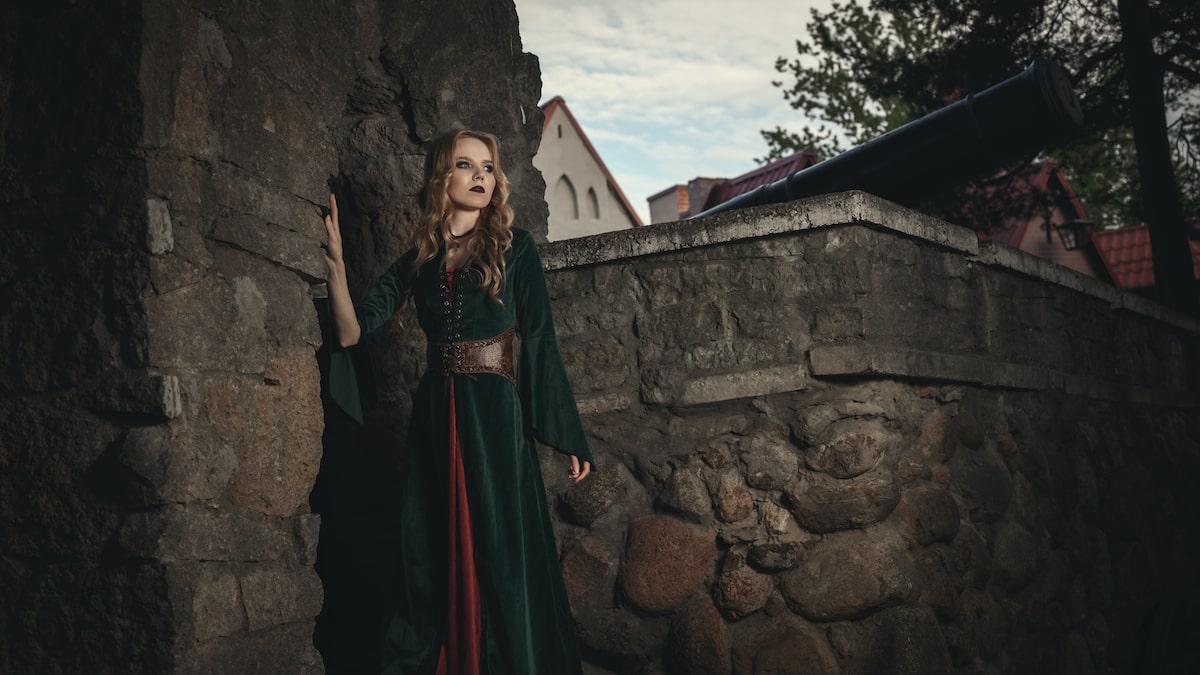 Dresses
Dresses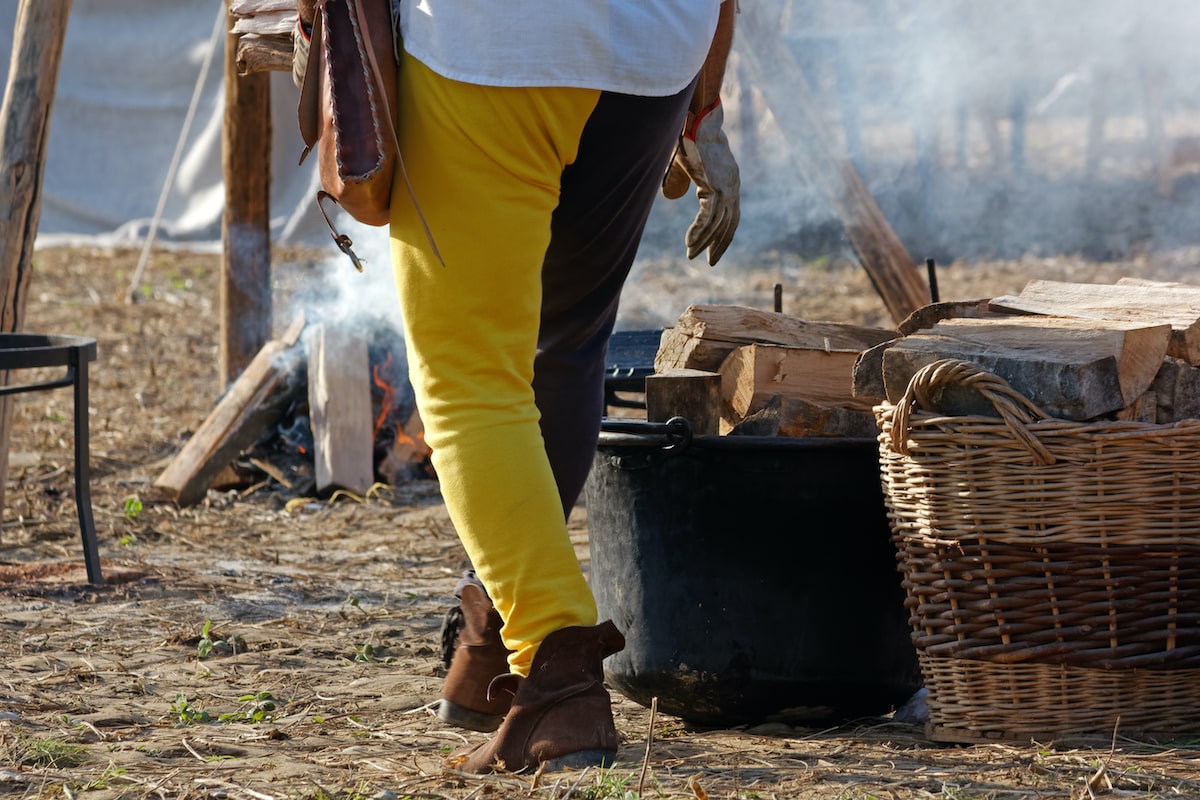 Pants
Pants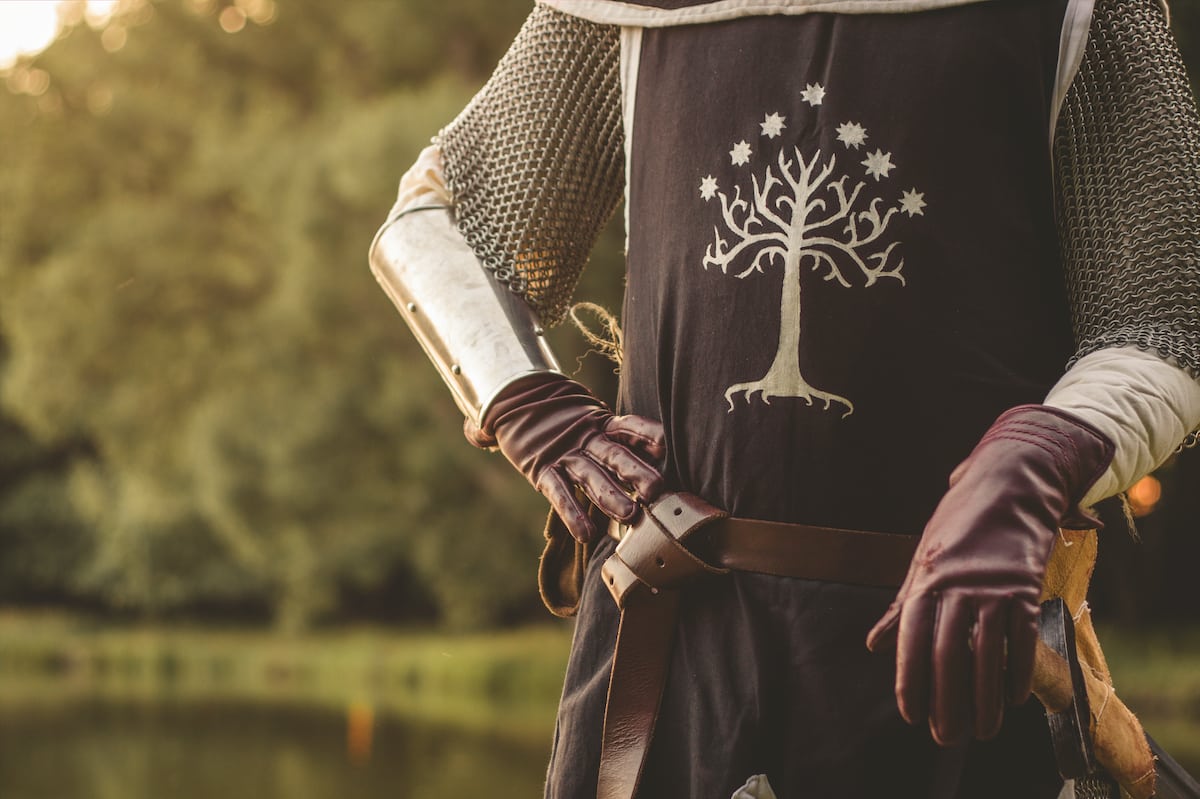 Gloves
Gloves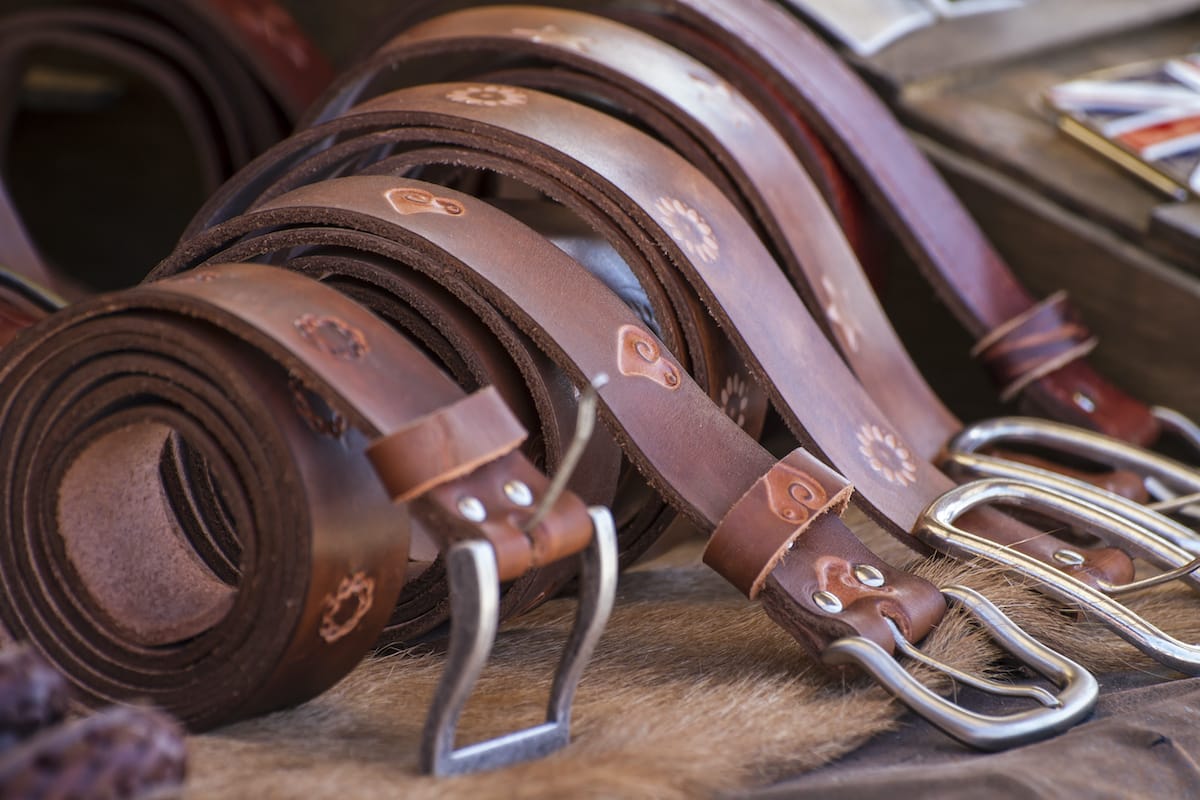 Belts
Belts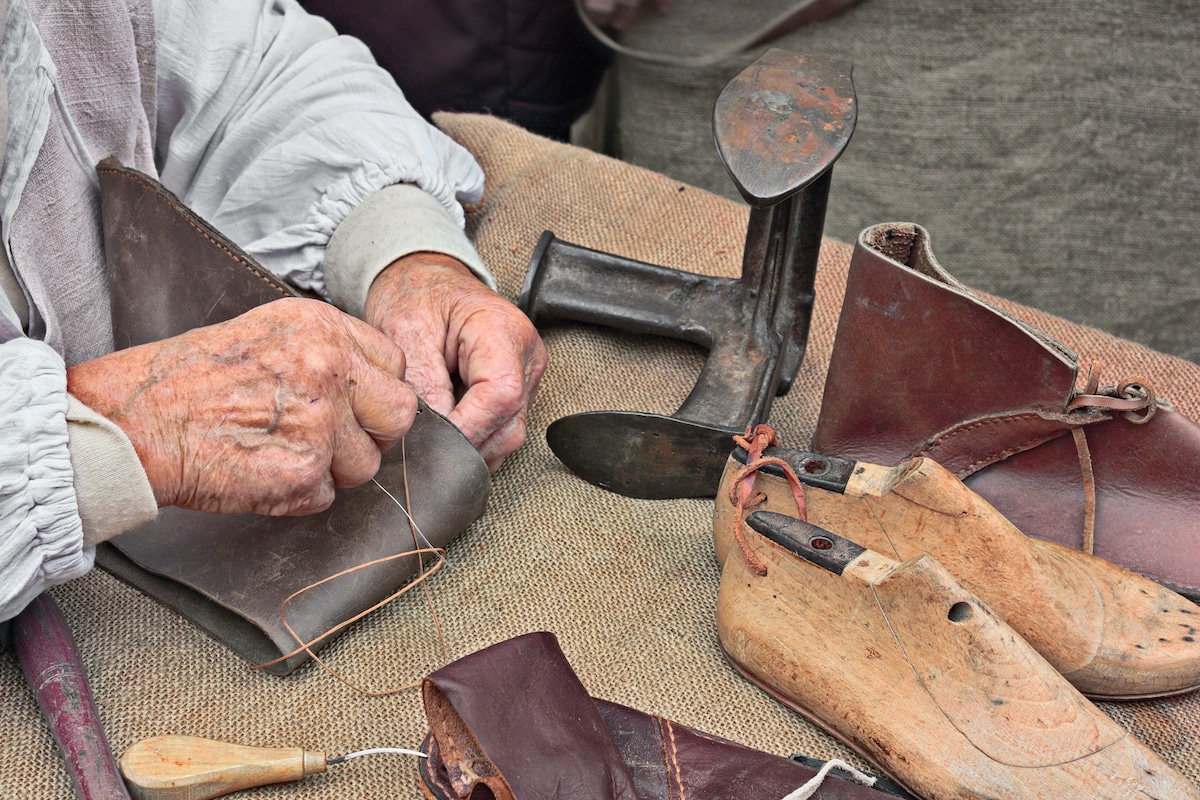 Shoes
Shoes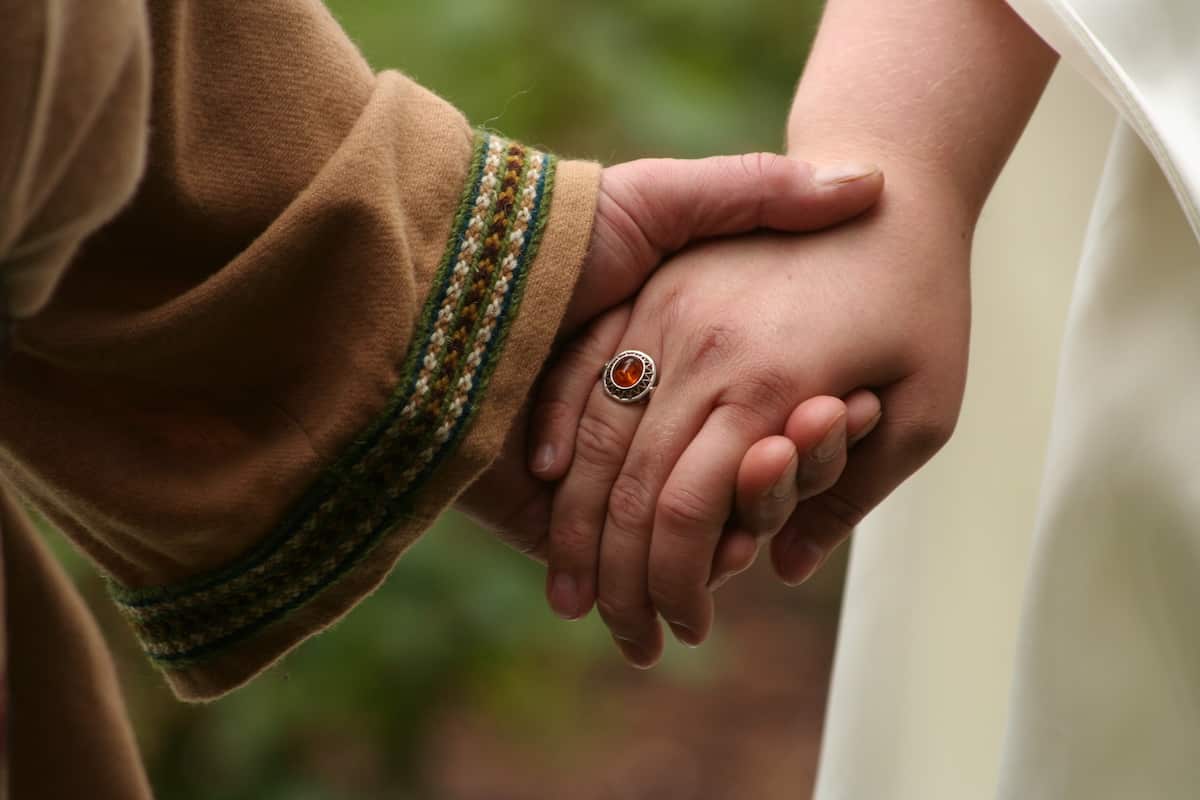 Rings
Rings Necklaces & Pendants
Necklaces & Pendants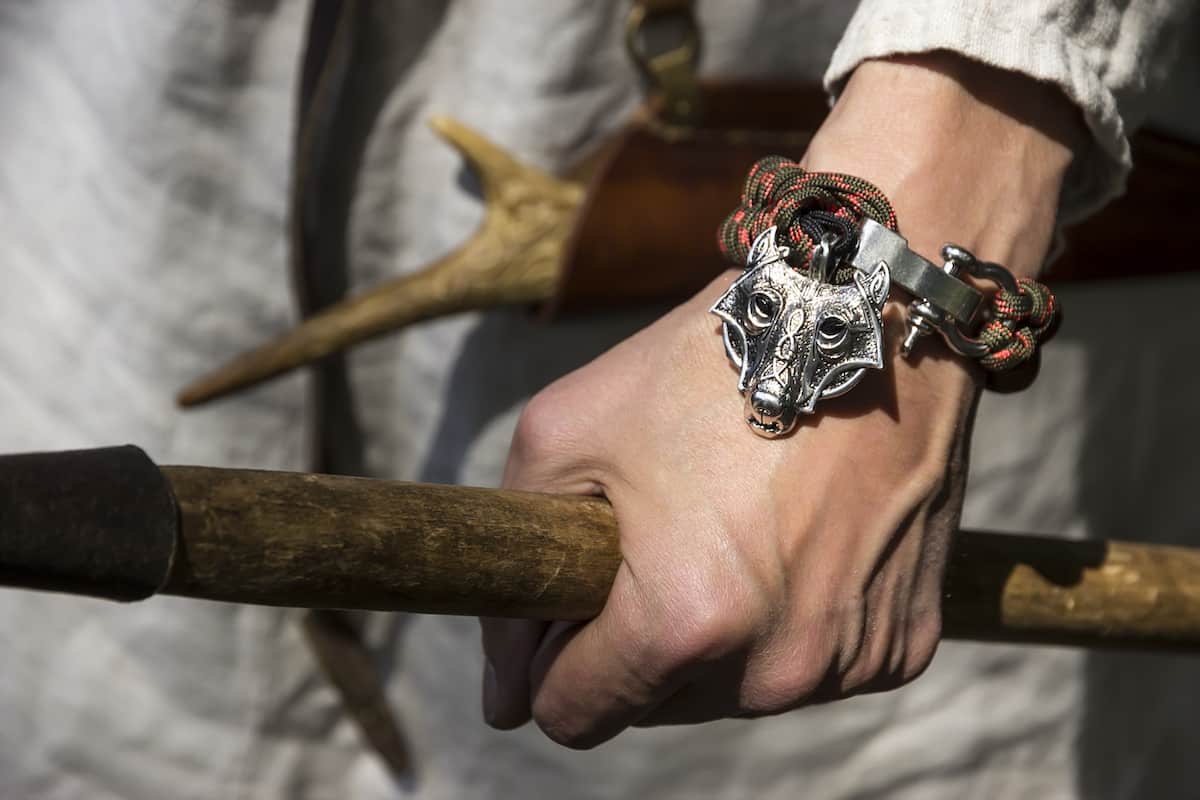 Bracelets
Bracelets
